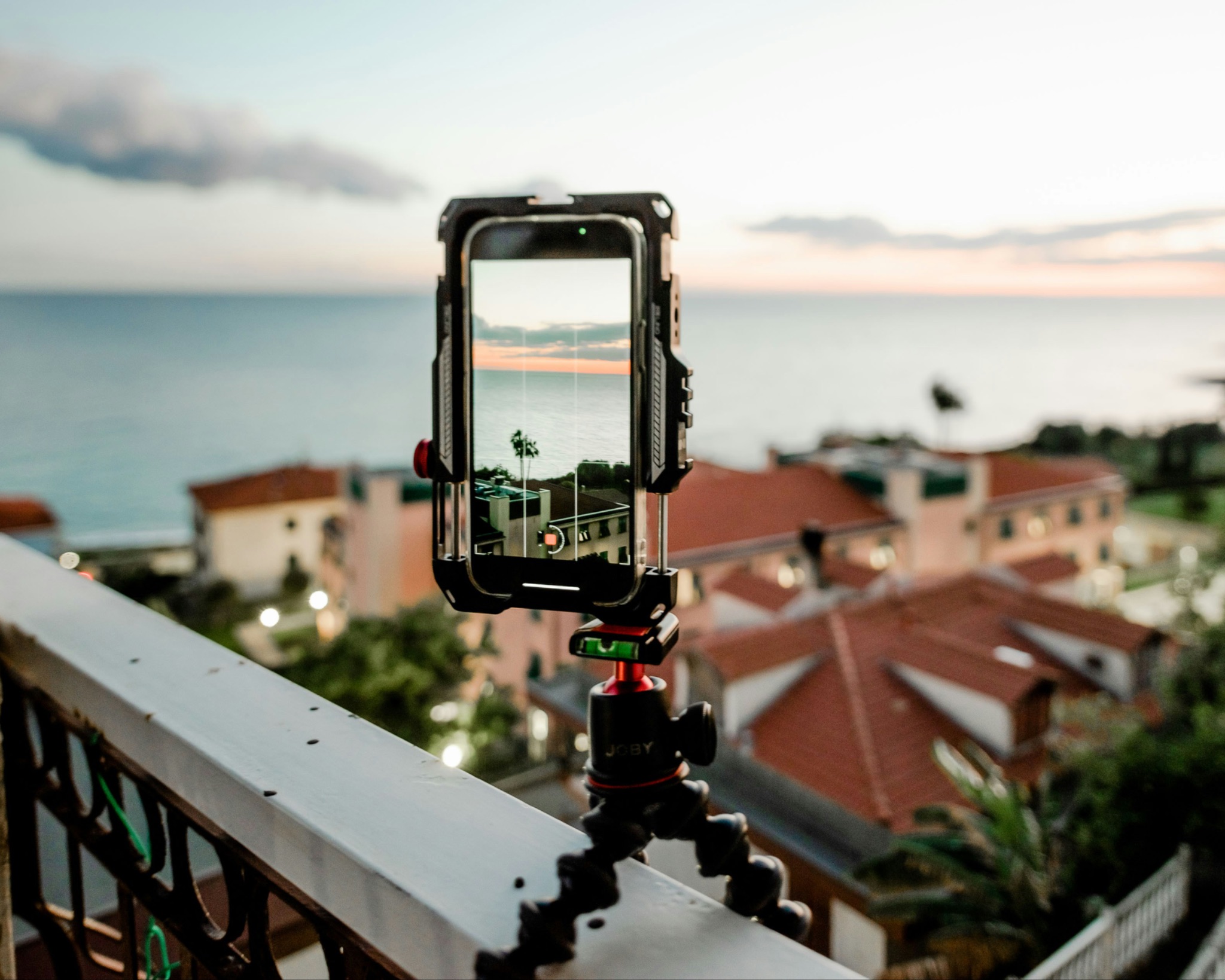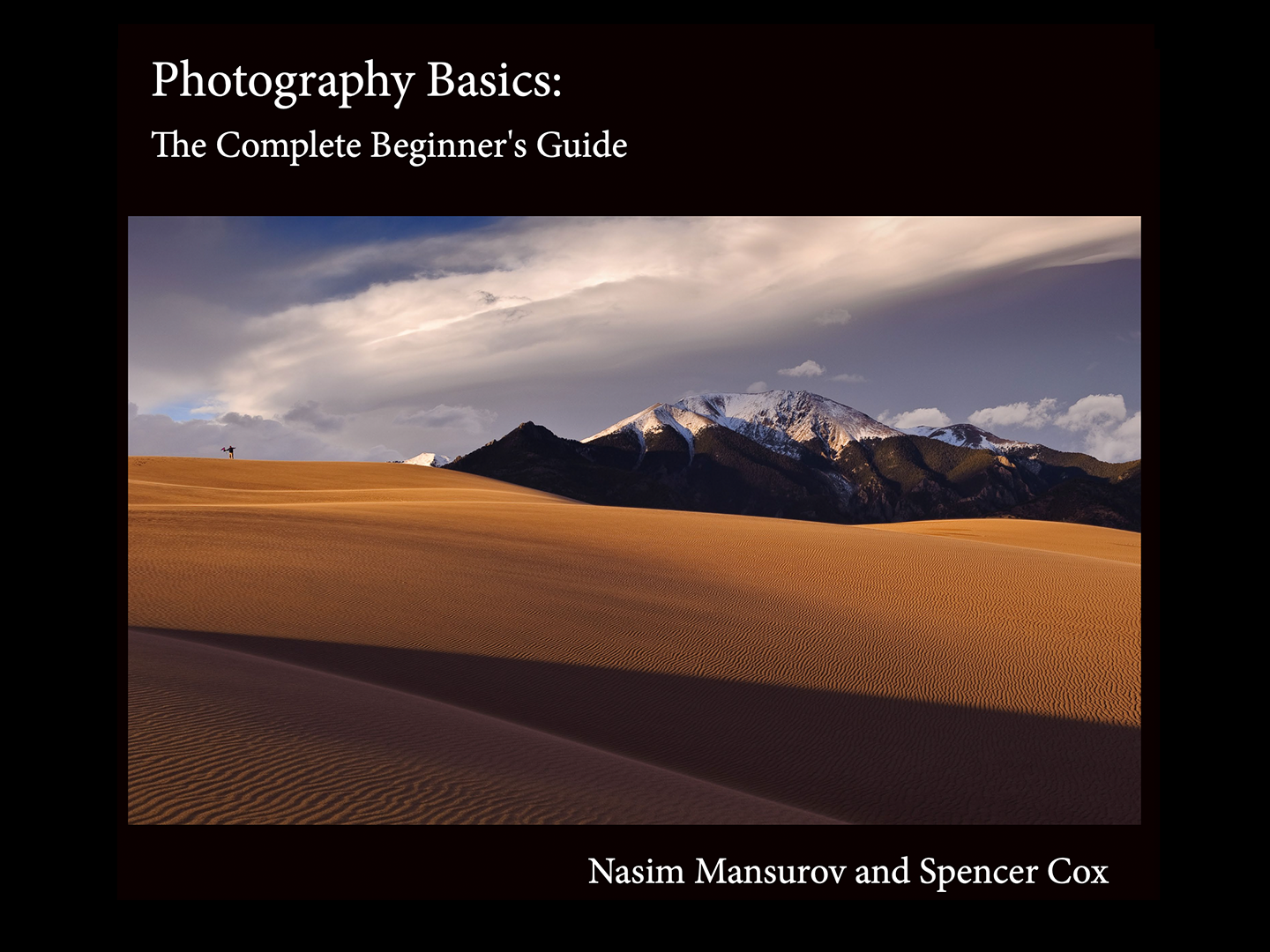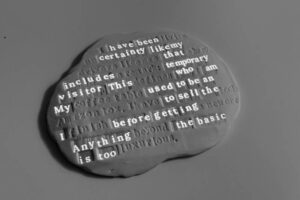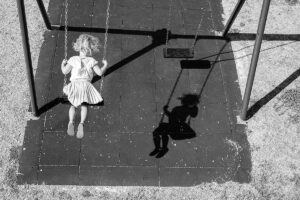We're going to jump in our time capsule for a seven-minute trip back to the days of 35mm photography and discover how an old-school (and largely forgotten) sharpening technique is still valuable today. So grab your digital camera and climb aboard!
You pilot today is Robin Walley, a UK-based landscape pro and prolific author of over 30 instructional books for photographers. There's a link in the description beneath the video with the shooting and post-processing titles he's written in case you'd like to explore.
Here’s how Whalley describes the topic at hand: "This technique was often used to sharpen grainy film scans without exaggerating the grain." But as you'll quickly see, the method has a very beneficial effect in today's era of digital photography, "that makes details POP as if the image was three-dimensional."

Whalley demonstrates the process with an expansive landscape photo he captured at iconic Zabriskie Point in Death Valley. He made the shot using a first-generation Sony RX100 with exposure settings of ISO 80, f/5, and 1/50. It's nicely composed but quite soft—especially when you zoom in and take a close look.
The common approach is to address this problem, at least to some degree, is using Lightroom's Capture Sharpening tools. But here's the problem: by taking this route according to Whalley: It's very easy for me to push the details too far, at which point the image could best be described as crunchy."
Whalley says one way to reduce this unsightly effect is to use Lightroom's masking slider by following his instructions. Unfortunately, another problem may arise; namely, "the softness is gone but details still aren’t clear."

The last five minutes of the video are devoted to the old school method Whalley prefers, and he walks you through every step of the way. One you're done, check out his instructional YouTube channel where that are many more shooting and post-processing techniques worthy of consideration.
And don't miss the recent tutorial we featured with another accomplished pro who reveals the biggest 10 landscape photography mistakes and the best techniques for fixing them in camera and during post processing.










 English (US) ·
English (US) ·